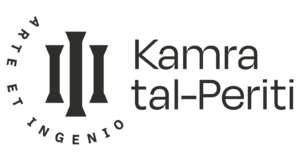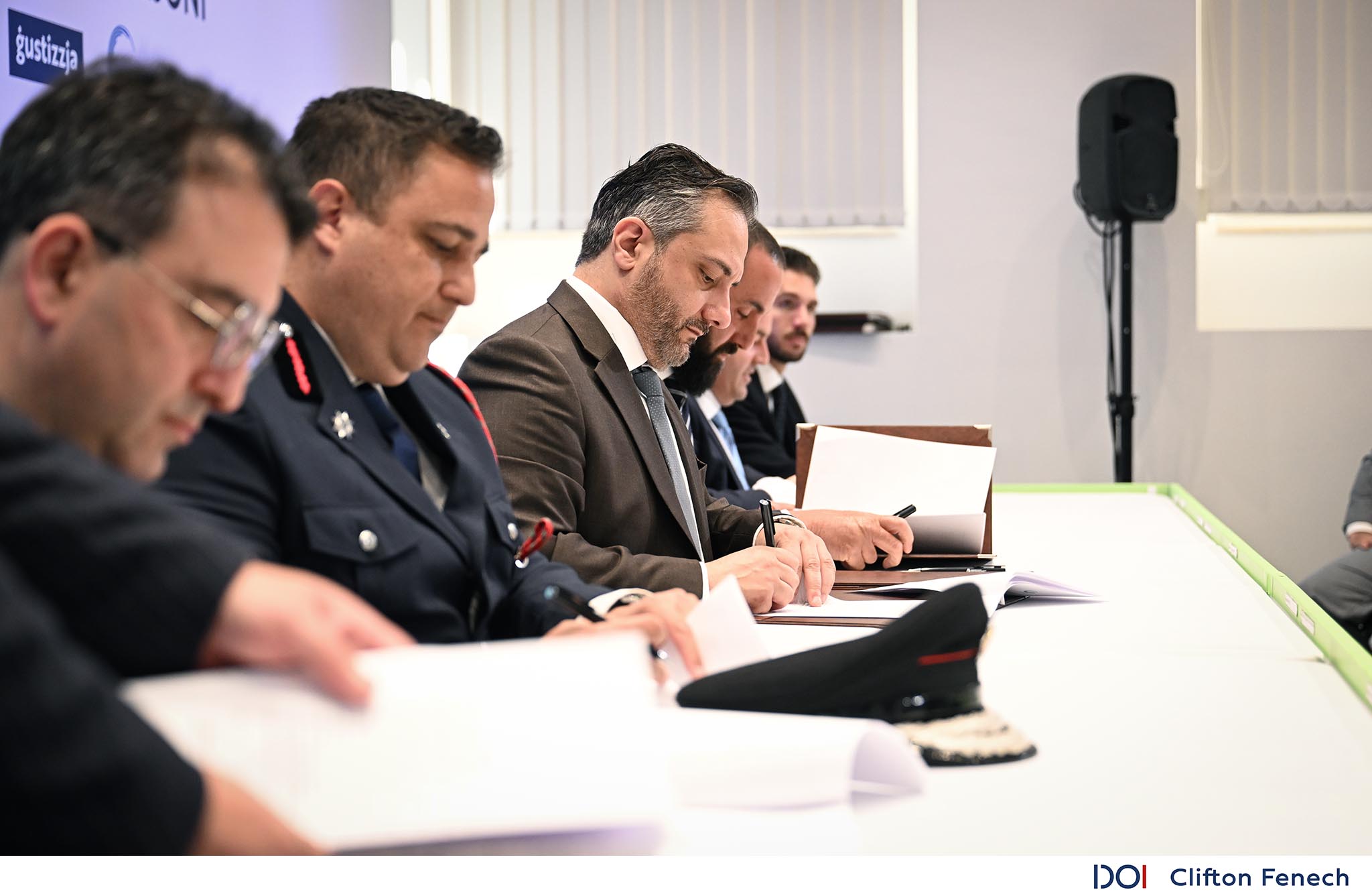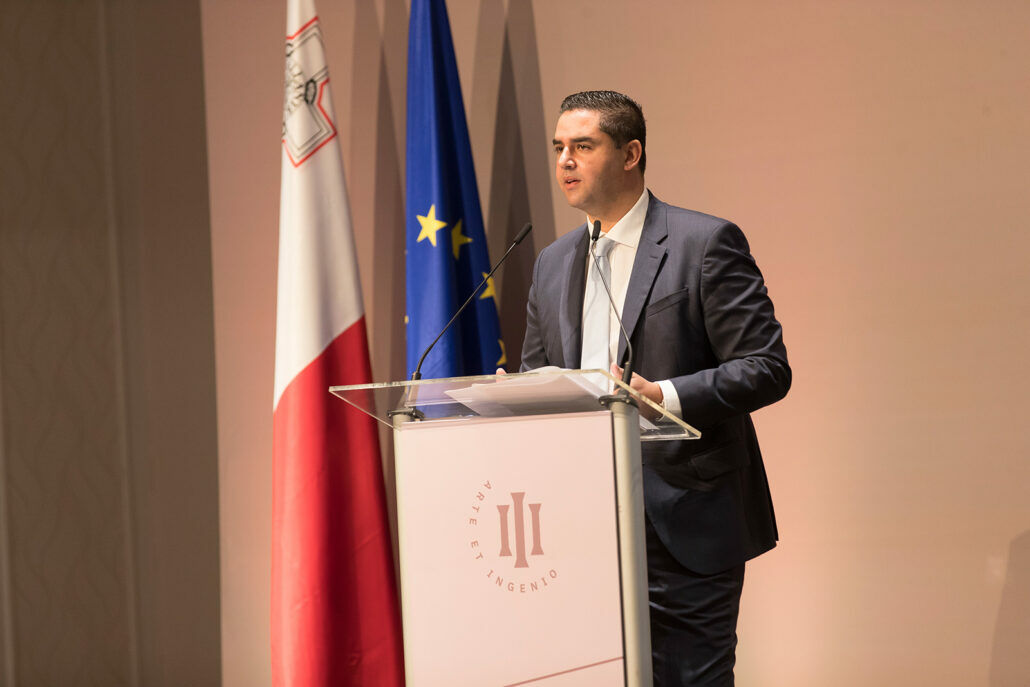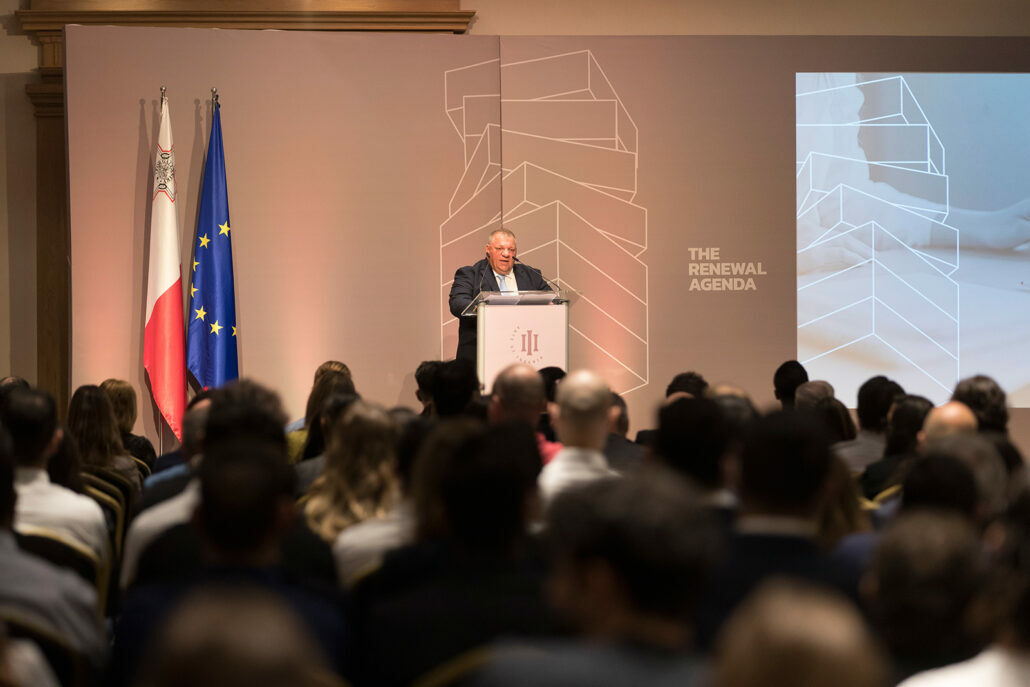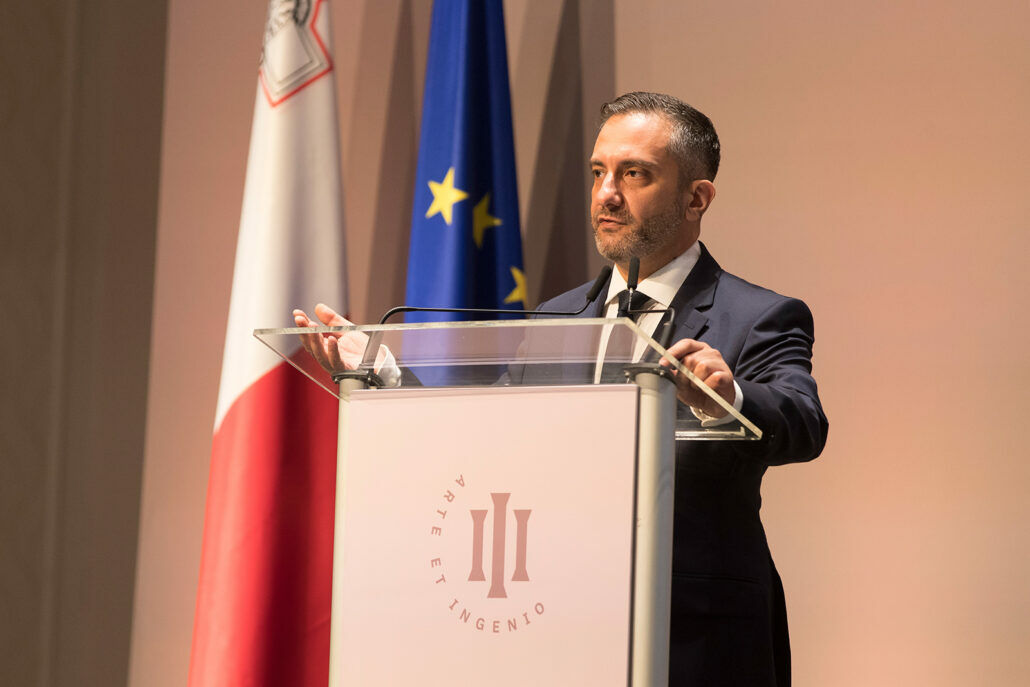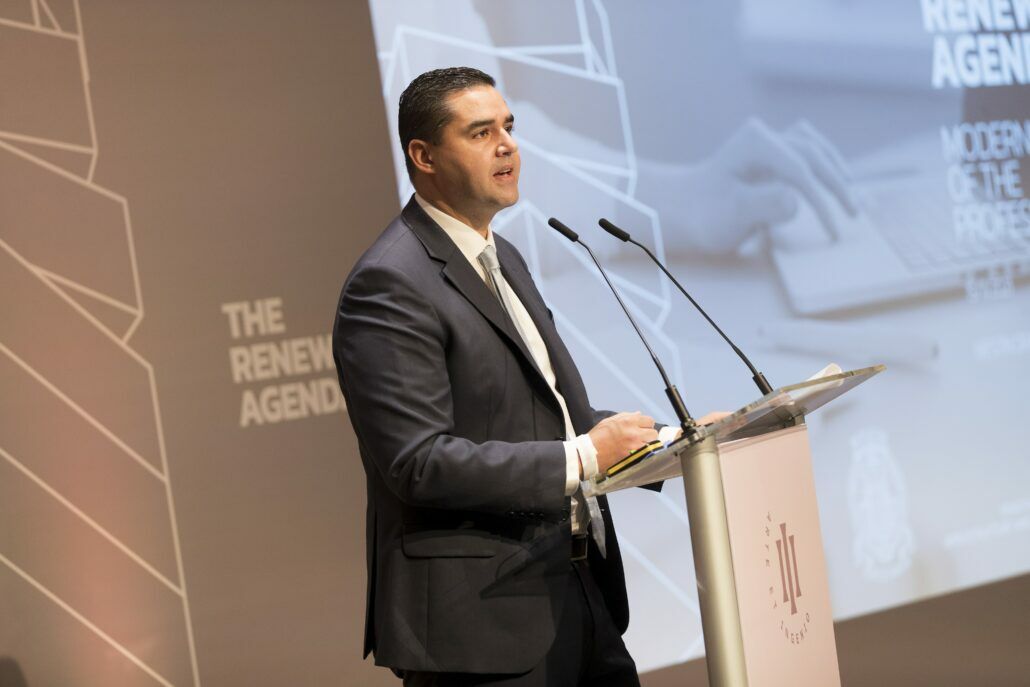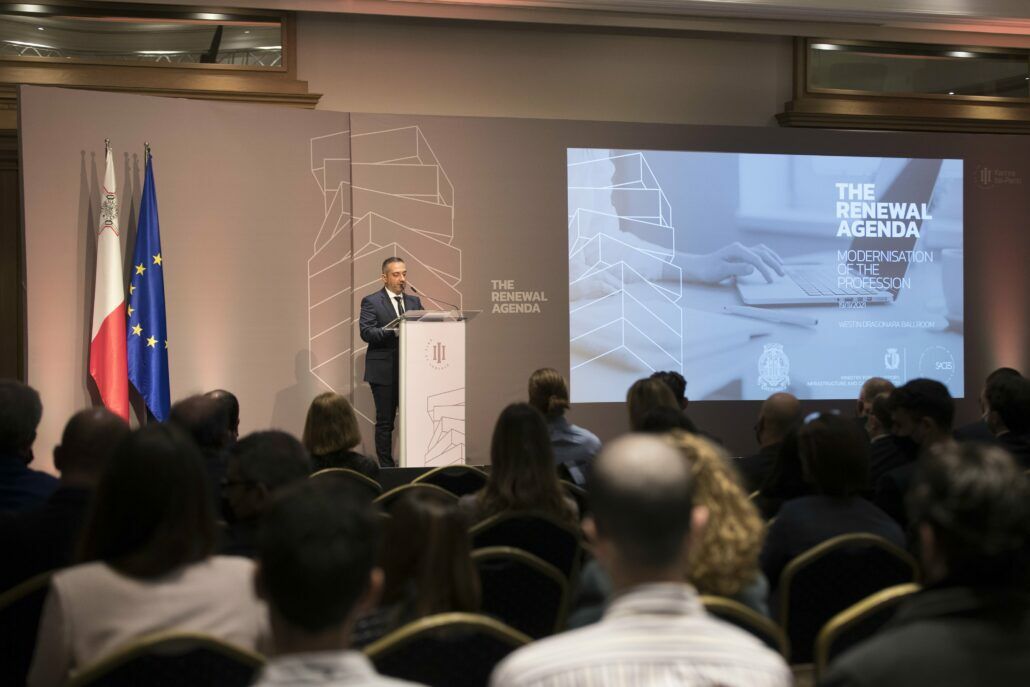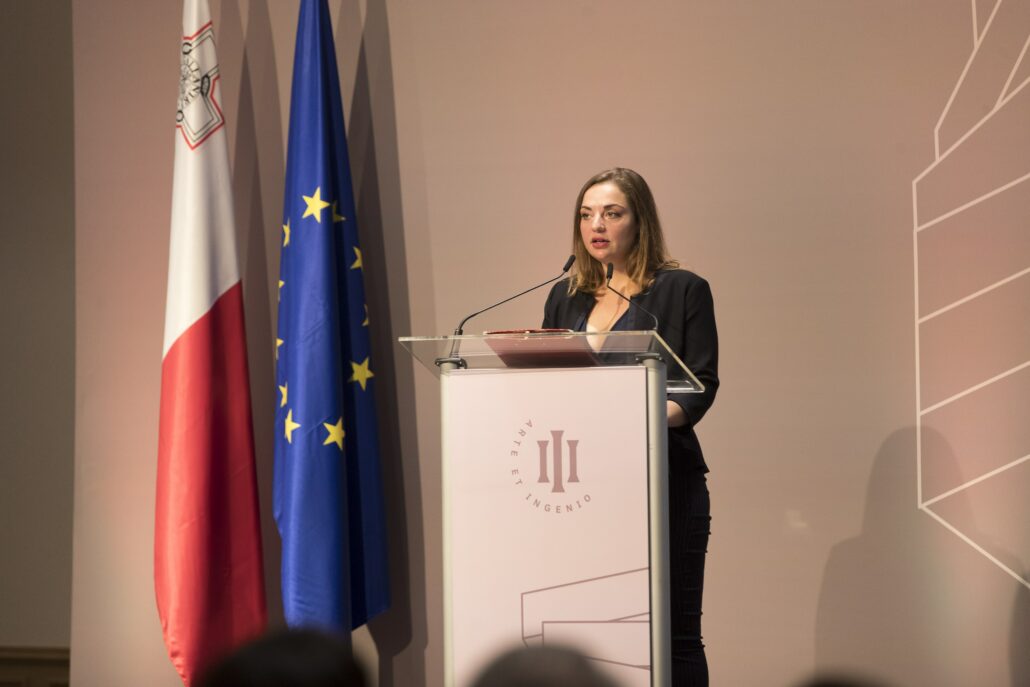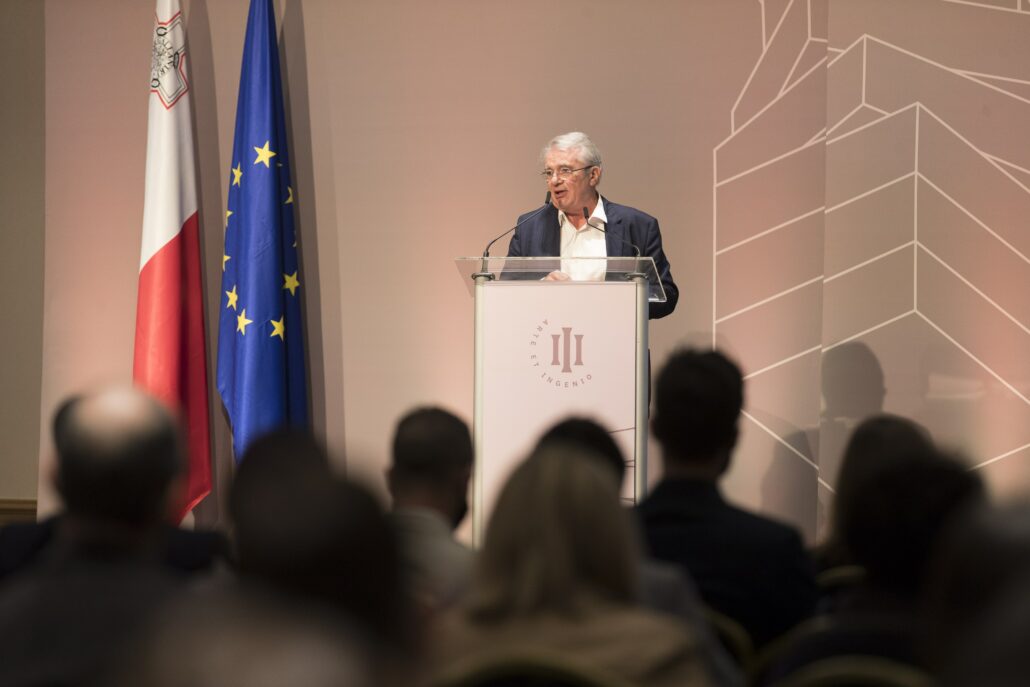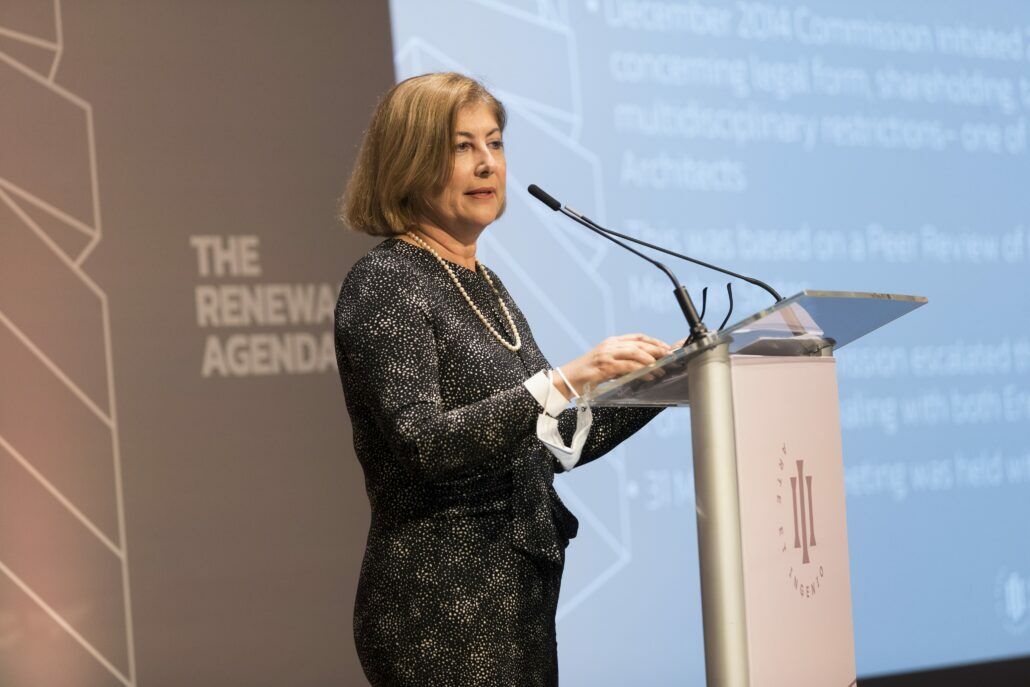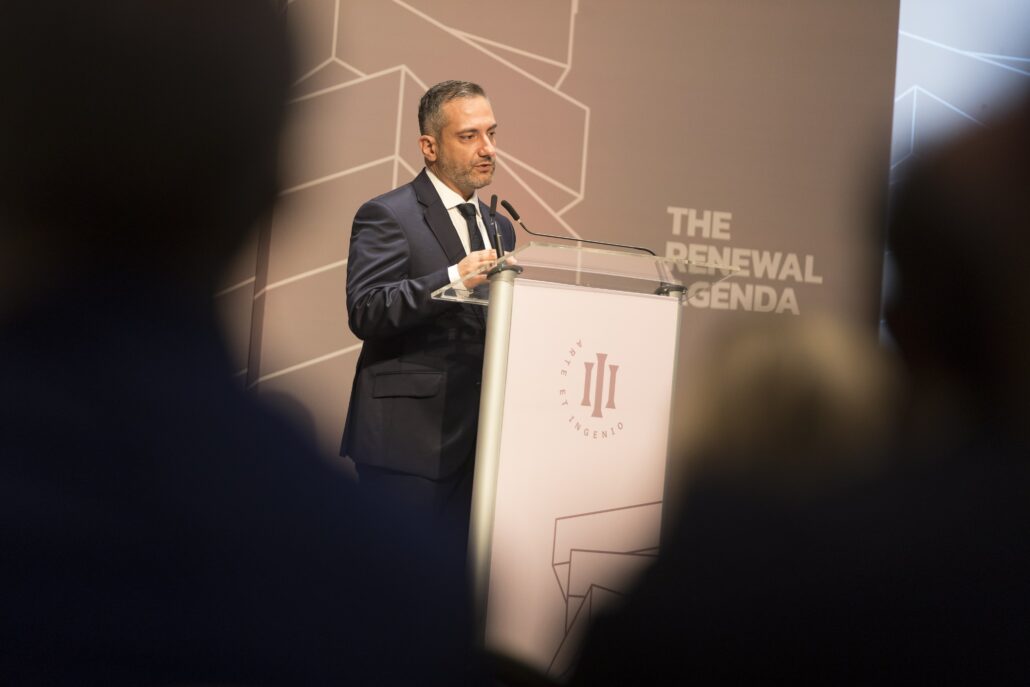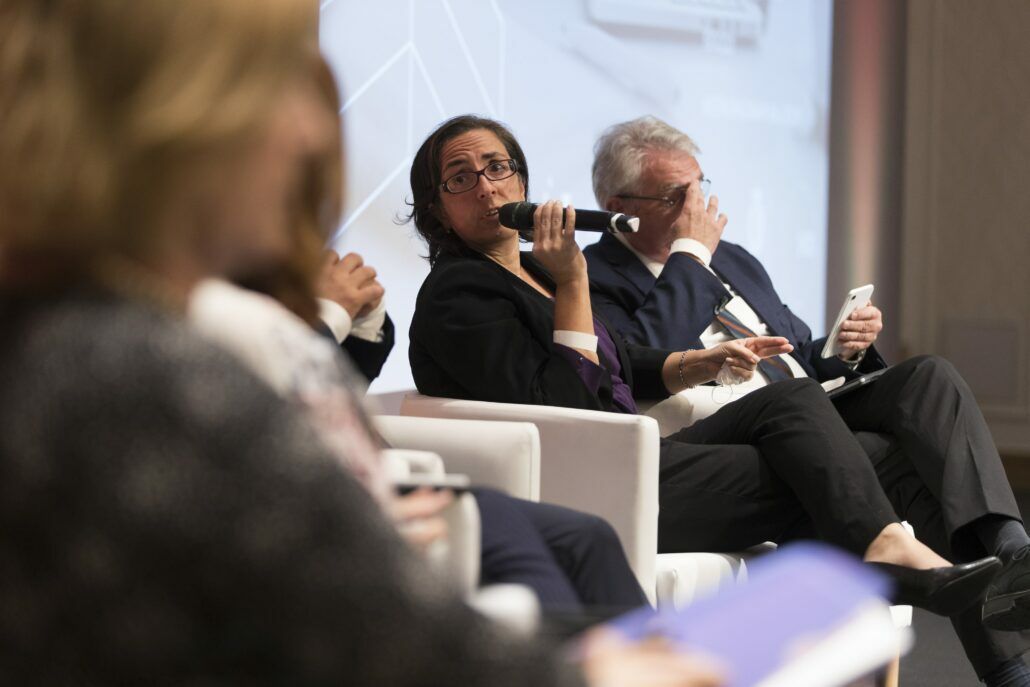PR 07/25 | KTP Council conducts site inspection as part of ongoing investigation into Paceville building collapse
This morning, the Council of the Kamra tal-Periti (KTP) continued its investigation into the building collapse in Paceville that occurred on Wednesday night.
Escorted by Deputy Director of the Civil Protection Department, Perit Graham Attard, Council members were shown the emergency stabilisation works carried out under his direction in the affected area. The Council then conducted a thorough inspection of the site, including the remains of Tania Flats, to help form a collective professional opinion on the cause of the collapse and determine whether professional negligence by a warrant holder was a contributing factor.
While the investigation into the circumstances leading to the collapse is ongoing, the Council noted that there was no evidence of excavation work having been conducted on-site at any point during the project. This was corroborated by the fact that the perit in charge of the project had not sought clearance for excavation works, nor had the Building and Construction Authority (BCA) granted any authorisation for such works. As a result, geological investigations were neither technically required under Eurocodes nor legally mandated.
The Kamra tal-Periti urges all stakeholders to exercise restraint and caution when making public statements about such incidents without first-hand knowledge of the facts.
